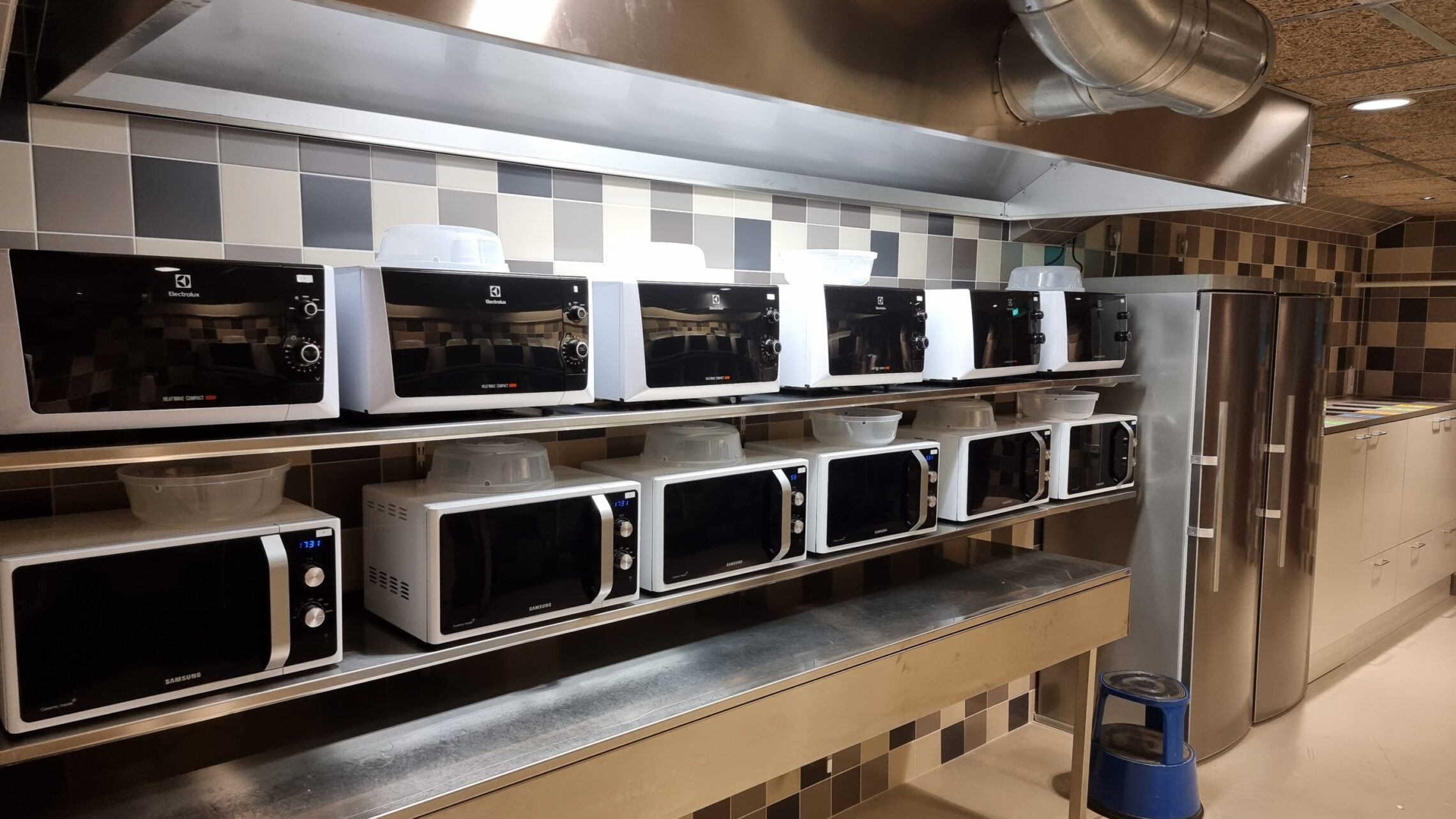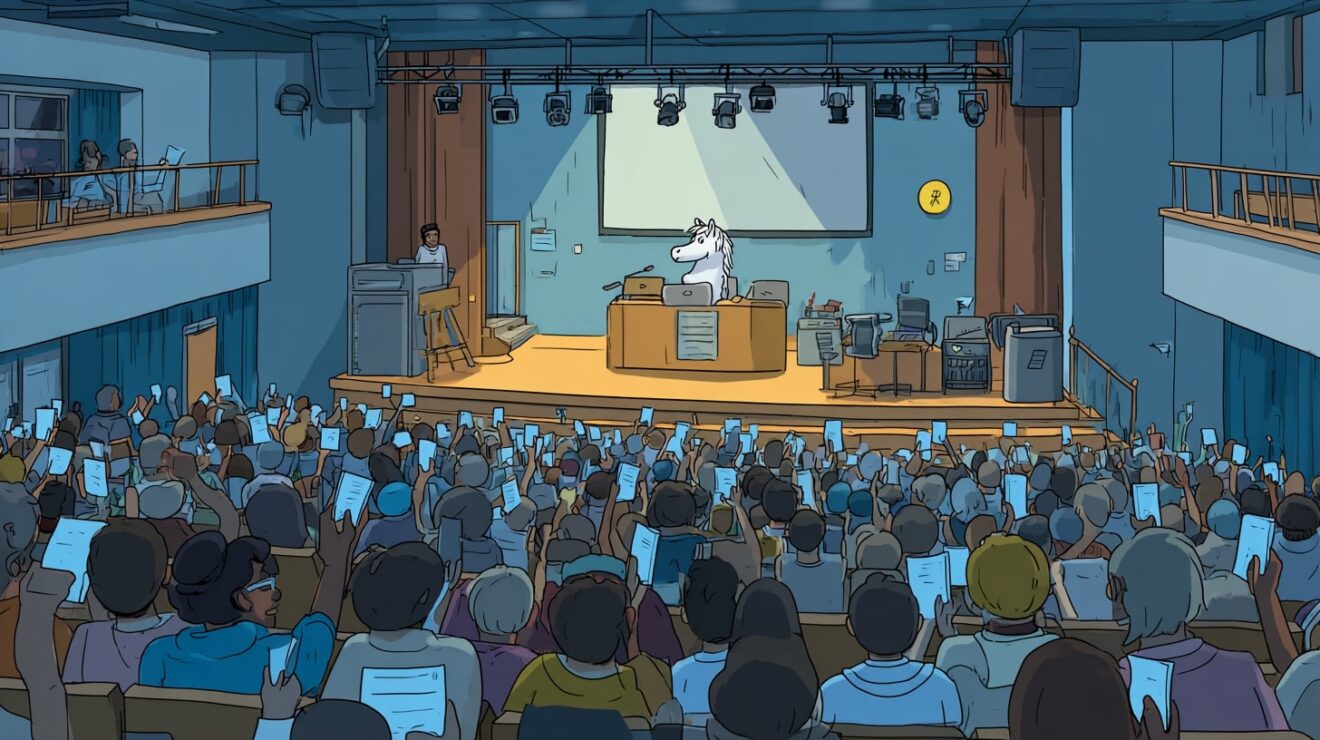Sweden has always taken student influence seriously – so when Gothenburg University was founded in 1891, for example, an independent students’ association was formed at the same time as an important component of the new institution.
By 1915 students had persuaded the city council to rent it a plot of land, and by 1932 students had fundraised enough for a building – the Studenternas hus – where students could meet, debate, form groups, socialise and even sell each other their second hand books. The décor was likened to “a fashionable London club”, and the house housed banquet halls, reading rooms and lounges, conference and meeting rooms.
Sadly in the 1990s, the union hit financial troubles and had to relinquish the building (and its portfolio of loans) to the university. The problem was that a couple of years later it emerged that legally, state authorities were not allowed to own property – and given the university was classed as a state authority, it then had to put the building up for sale.
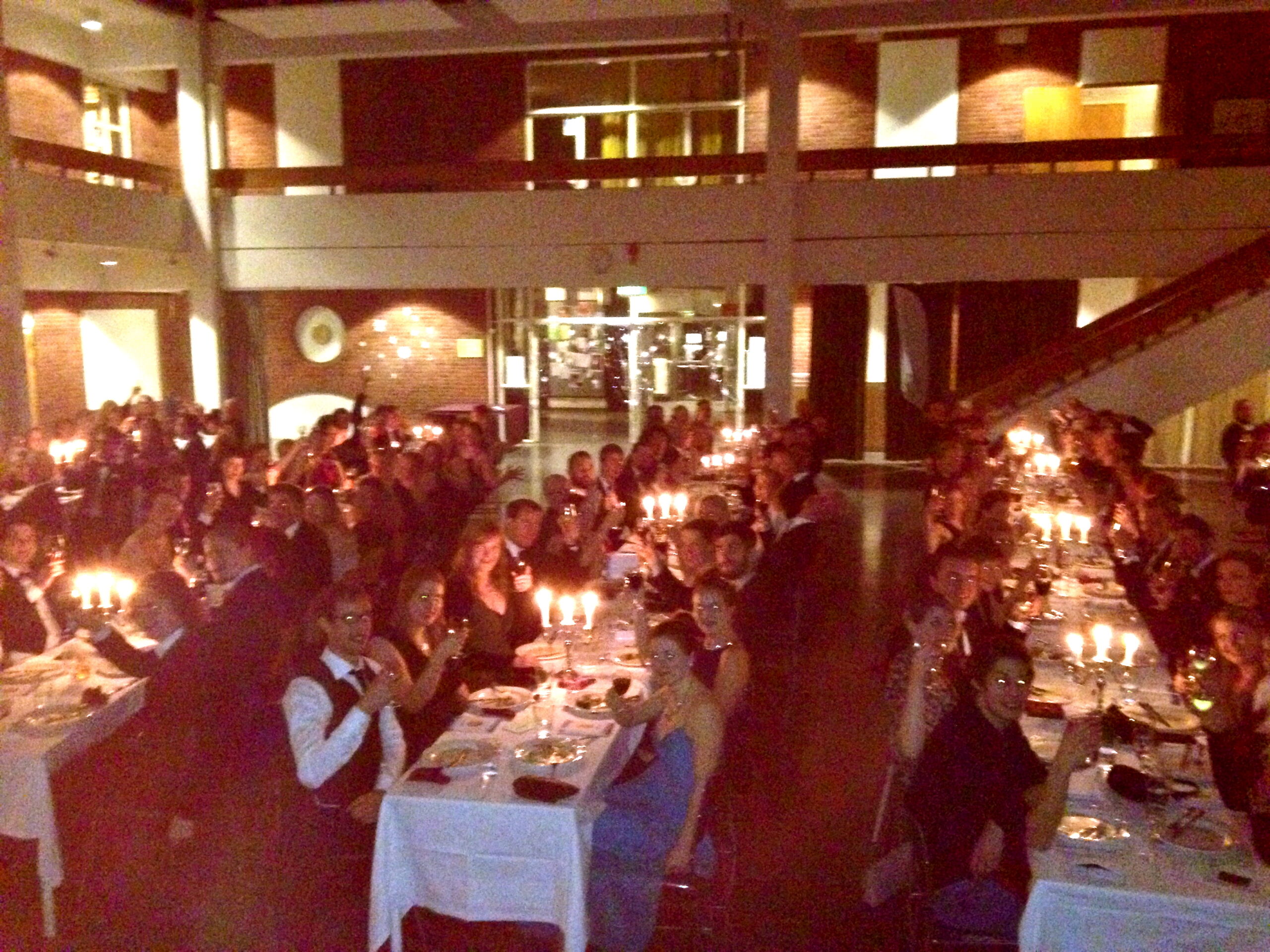
That wasn’t easy – deep in the deeds is a requirement that the land has to house student activities or “be a field of daffodils”, but a company called Platzer bought it which now leases it to the university which in turn leases it to the four SUs at the university. Platzer are keen to convert much of the building to profitable student housing – but students are naturally resisting, because places to study and meet on campus are hard to come by.
It’s one of the notable things we were thinking about on Day Two of the Wonkhe SUs study tour to Scandinavia. Because marketisation in HE is much less of a force, and “free education” tends to mean that there are separate fees for student life – there’s been a distinct lack of competition in much of the sector over student facilities, and Gothenburg feels no particular compulsion to invest.
Housing a crisis
That deep internal focus on teaching and research has also meant a moderately cavalier attitude to student housing over the years, with a familiar tale of the university expanding its student numbers faster than the local housing market could meet demand. To address it Gothenbug’s multiple SU’s caused a coalition of the willing to come together to form something called Gbg7000+ – a student housing collaboration group where the goal is to build 7000 student bedspaces as part of the city’s economic and civic development:
For Gothenburg, it is therefore of great importance that the students come here but also that they stay after the education period. The more established the students are, the greater the chance that they will stay and become professionals in Gothenburg after their studies.
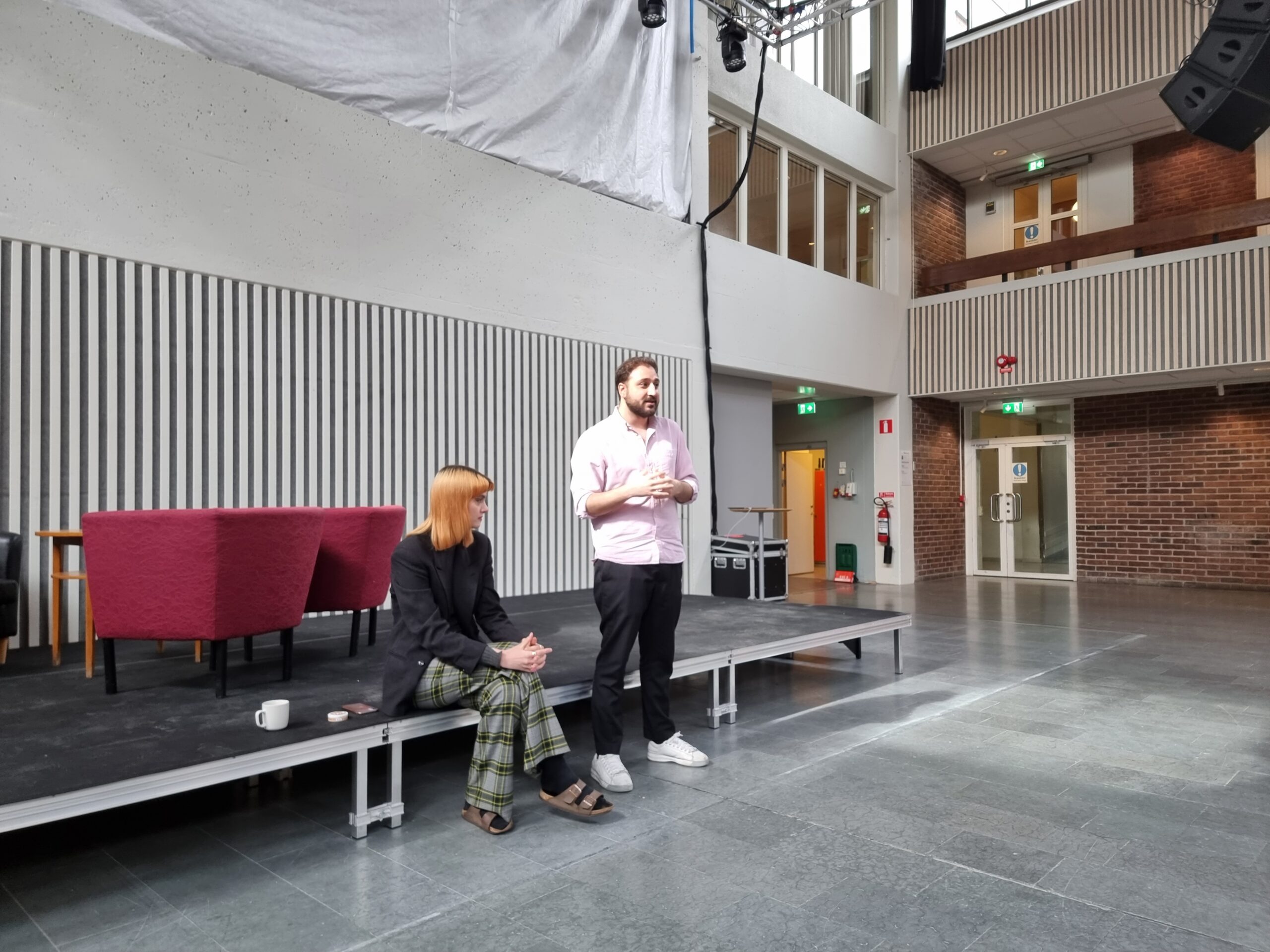
Getting involved in student volunteering within the SUs gives students “housing points” to move them up the housing allocation ladder- and as universities can’t own buildings, student housing is controlled largely co-operatively, and while there is a shortage, it’s inexpensive in comparison to the bed spaces we see in the UK.
Göta studentkår’s elected student officers are particularly impressive – but unlike back home, they’re not elected by a big popularity contest in the spring. Instead each year a council of students is elected that go on to choose leaders in a contest focussed on close scrutiny rather than costumes and slogans. And their model of student influencing is fascinating too – when an issue comes up, student officers tend to take to blogs and opinion pieces to assertively set out the views of students in ways that cause university managers to respond with rapidity and pride.
Overall conclusions
Seeing students drinking, in overalls, in a thick blizzard of snow was relatively baffling for the 20 or so SUs on the trip – but that’s just how they roll 300km west at Linköping, where new students purchase a departmental-specific uniform that bonds them to their course. The main SU building on campus, modelled on a boat, was built in 1987 following a student fundraising campaign, and now is run by a social enterprise company owned by the three SUs at the university that also runs a series of venues across the city. A student party called Kravall happens once or twice a week – and means “you need to wear an overall”.
An impressive new student building at the other end of campus is one of the many we’ve seen where a paid-for restaurant is situated next door to a room full of microwaves, allowing students who’ve brought their own food in to sit with those who haven’t. And Linköping is home to what it regards as Sweden’s best reception for new students, combining parties and presentations, barbecues and “brännboll” tournaments.
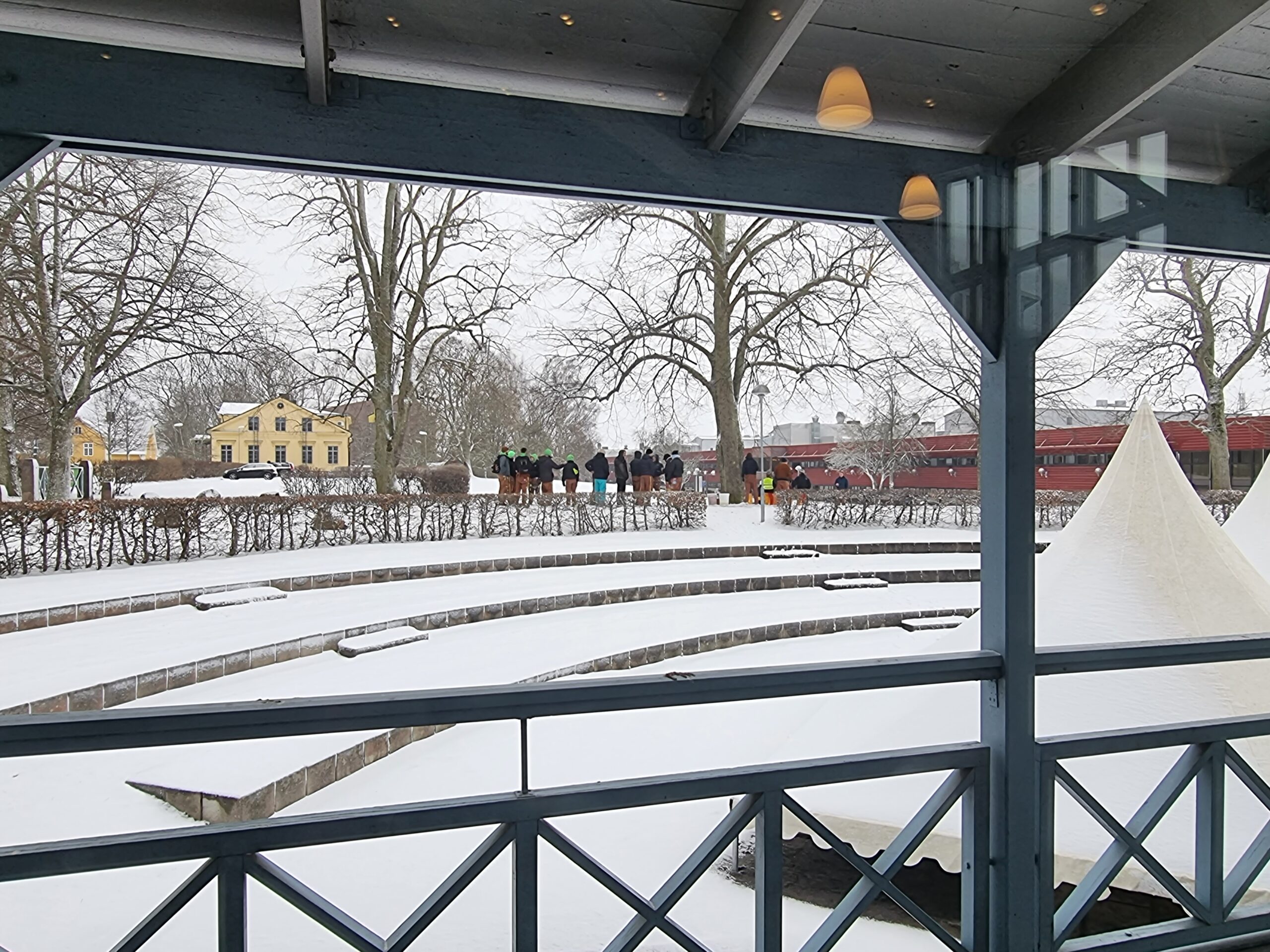
Roughly 2,000 students are trained by the SUs in how to be a peer student, whose job is to take care of the new arrivals, and make sure they feel welcome. And Kalasmottagningen – new students’ day – includes teambuilding games, a fair and a concert featuring some of Sweden’s most popular musicians. Does it matter?
Compared to the other major Swedish universities, Linköping University has the highest retention rate of students continuing to year two. In other words, fewer who break off their studies, and more who feel they’re in the right place. Perhaps it has something to do with the reception they get.
Resolutionary politics
At Linktek, the SU representing students of the Faculty of Science and Engineering, there’s a laser-like focus on a high-quality education and a good work environment – as well as a seriously impressive student-led careers function that runs events and activities that involve big employers from across the country. Its policy making structures are also interesting – there’s a constitution and a set of by-laws, but also a detailed “opinion programme” on everything from education quality to housing and internationalisation sets out the SU’s views to its members, the university and other stakeholders.
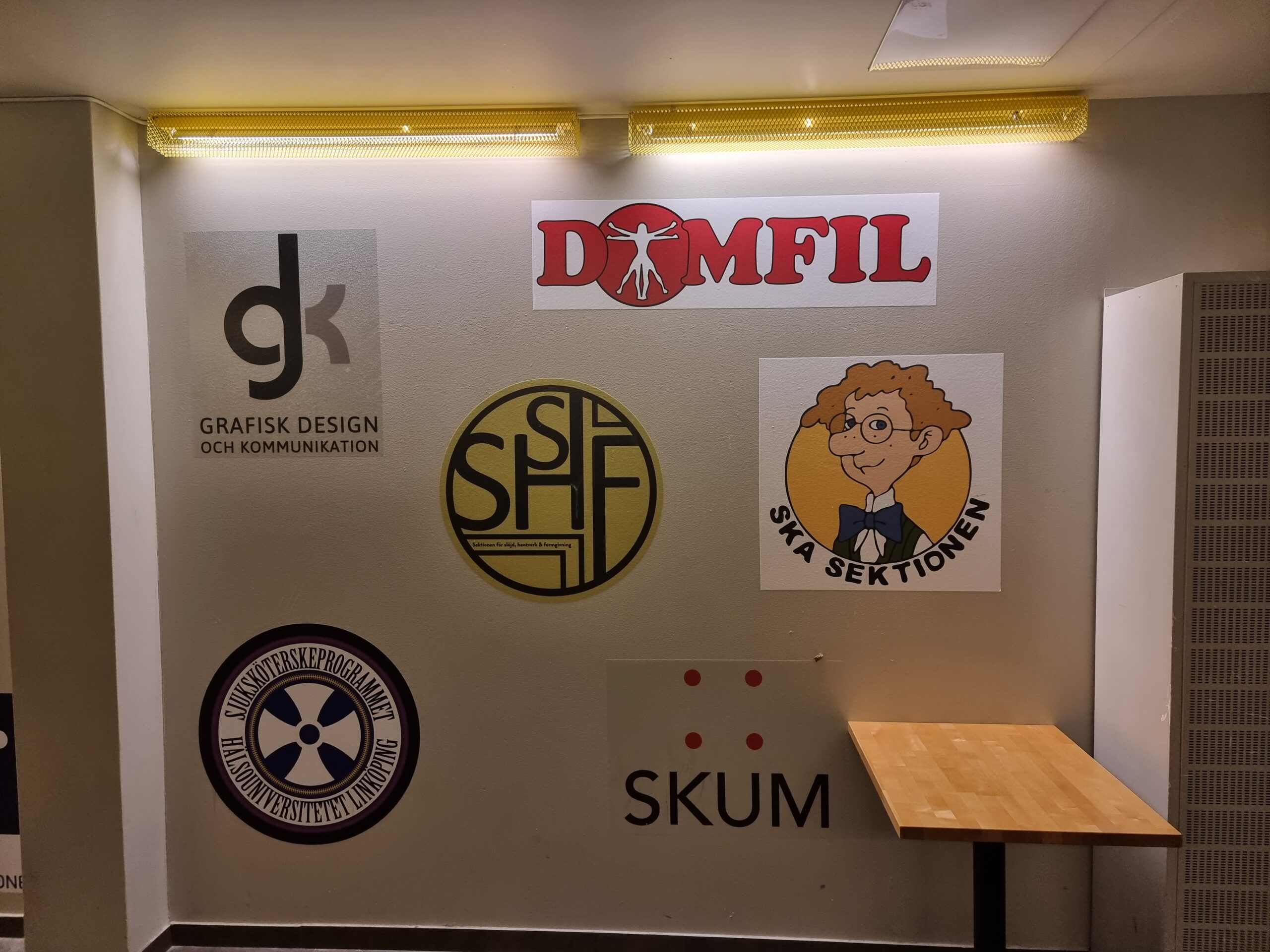
Students can propose to amend it as circumstances change, but it’s a helpful alternative to the “pass a motion” culture that bedevils some UK SUs – the annual focus ends up being on identifying ways to advance their beliefs rather than the art of resolutionary politics, and it means the SU strategy document is much less about the SU as an organisation or charity, and much more about how LinTek might achieve change for its members over a 3-5 year period.
